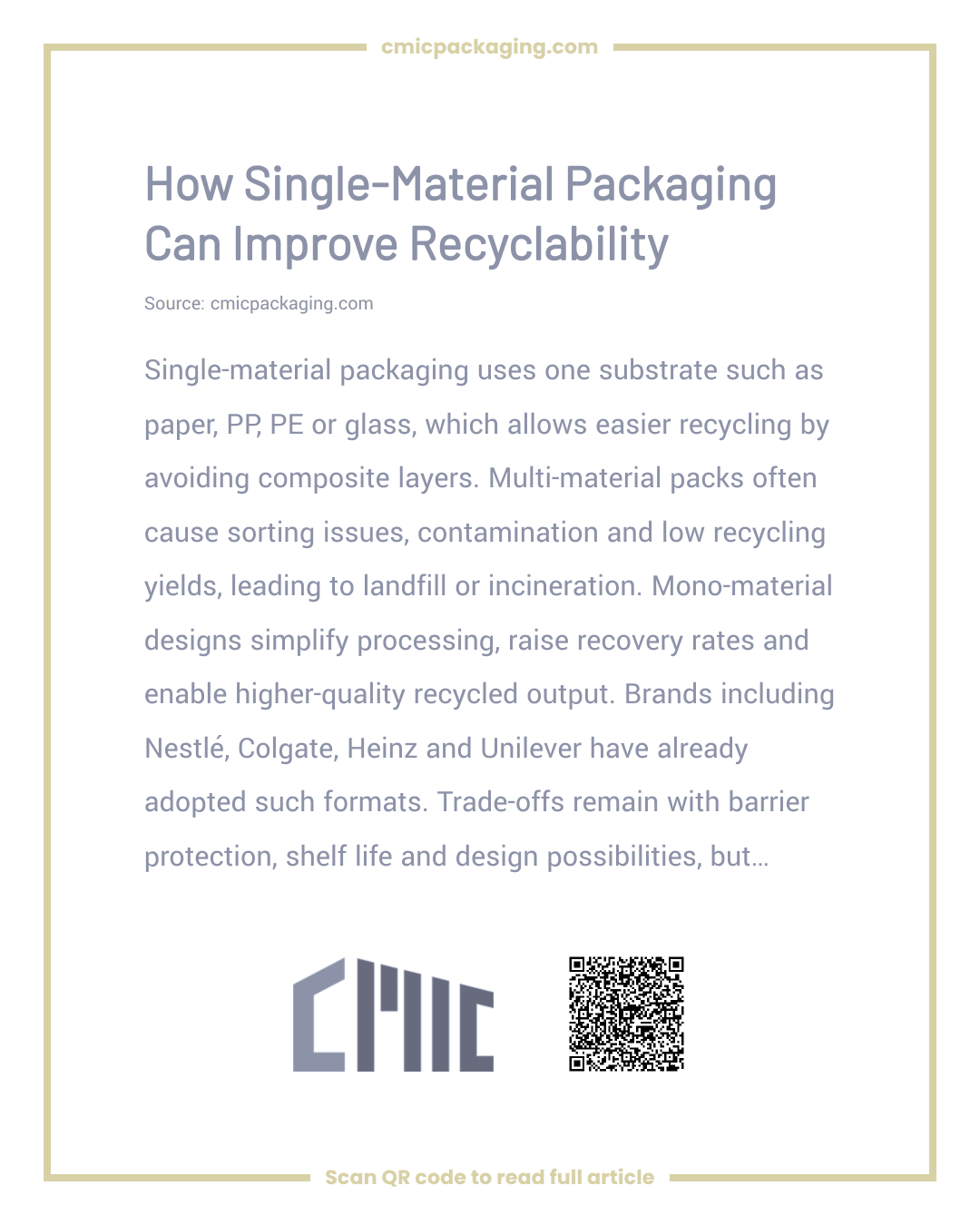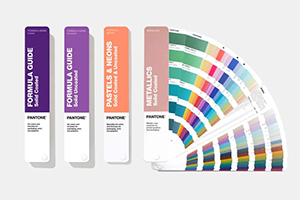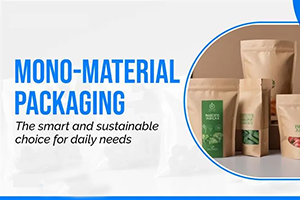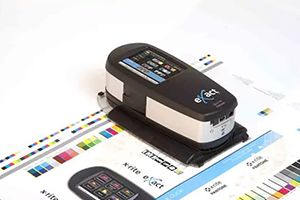Why You Really Should Get Excited About Single-Material Packaging
You know the drill: every day, businesses are churning out products swaddled in packaging that ends up as landfill fodder rather than getting a second life. The villain? Those pesky multi-material mishmashes, like crisp packets with their flashy foil linings that keep your snacks crunchy but leave recyclers pulling their hair out.
Now, imagine swapping that for something simpler – a wrapper made entirely from one thing, say good old paper or plain polyethylene (PE). That’s the charm of single-material packaging, or mono-material if you’re feeling fancy. It cuts through the clutter, making recycling effortless and feeding into a real circular economy where yesterday’s trash becomes tomorrow’s treasure. I’ve spent years poking around sustainable packaging trends, and let me tell you, this isn’t just a green checkbox – it’s a savvy move that simplifies sorting, eases waste woes, and wins over customers who actually give a damn about the planet.
Digging Deeper: What Exactly Is Single-Material Packaging?
Boil it down, and single-material packaging is all about keeping it simple: everything from one family, like all paper, all polypropylene (PP), all PE, or even all glass. No confusing cocktails of plastics, foils, or laminates that clog up the recycling machines.
Contrast that with the classic combos – a plastic tub with a metal pump, or paper fused to aluminum foil. They do a bang-up job protecting what’s inside, but good luck separating them for reuse. It’s like wrestling with a tangled ball of Christmas lights: utterly infuriating and a total time-suck.
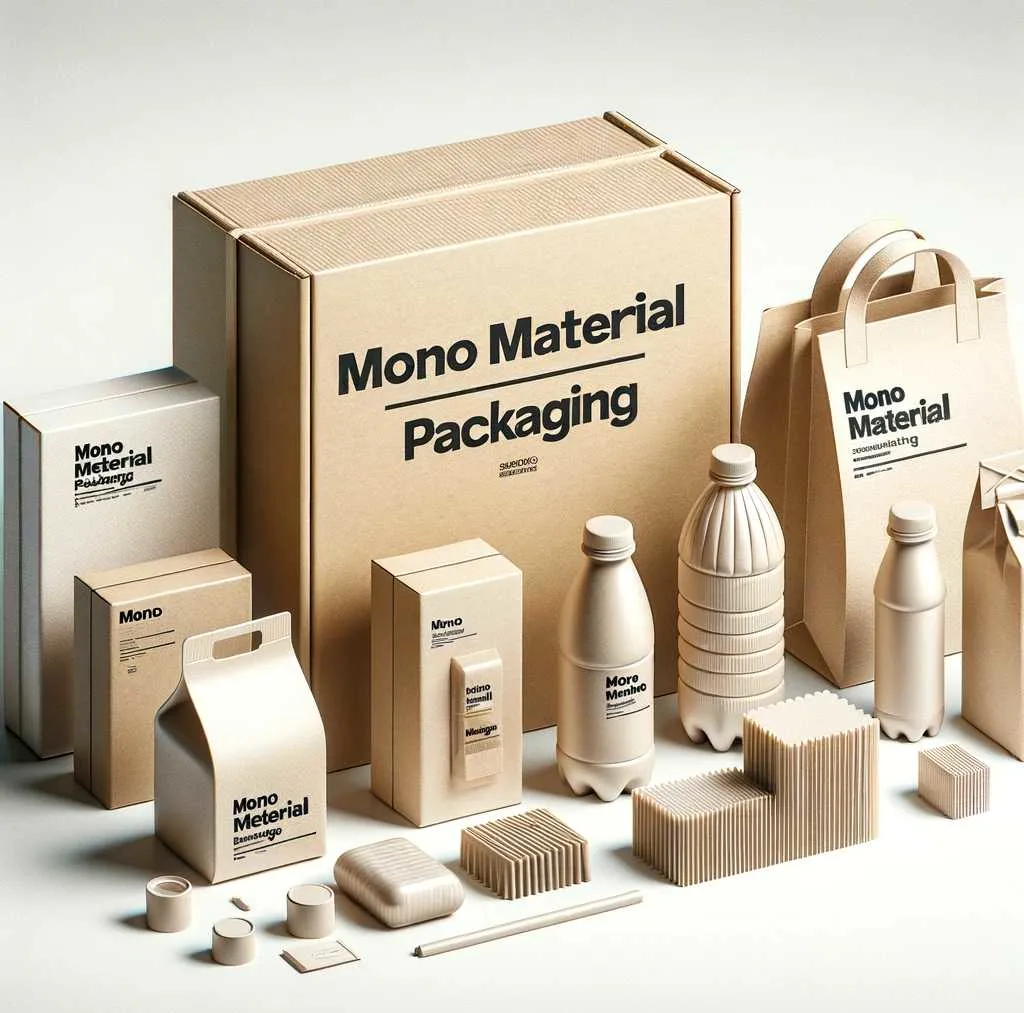
The Real Headaches Caused by Multi-Material Packaging
To see why going mono is such a breath of fresh air, let’s unpack the mess of mixed materials. Picture a recycling center dealing with a yogurt pot sporting a paper sleeve, plastic lid, and foil seal – it’s like handing a jigsaw puzzle to a robot on a deadline. Things get chaotic quick, and a lot ends up in the incinerator or buried because dismantling isn’t worth the hassle.
Then there’s the quality drop-off: when incompatible bits sneak into the mix, the recycled output is second-rate, hardly fit for another go-around. And don’t get me started on the environmental toll – whipping up these hybrids drains resources and cranks up energy use from start to finish. It’s no surprise places like the EU and Asia are rolling out “recyclable-by-design” rules. In my book, that’s a nudge brands can’t ignore, or they’ll be left in the dust as the world goes greener.
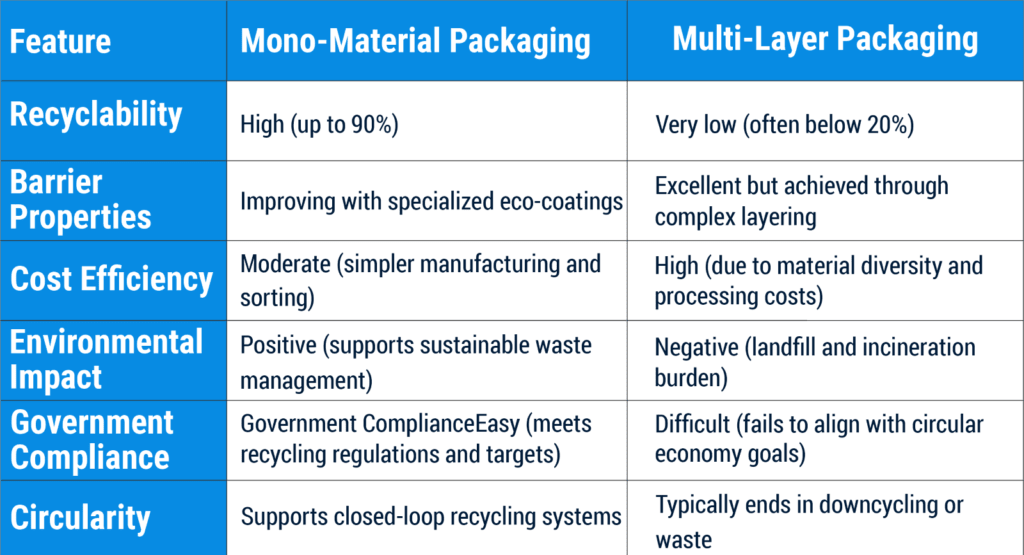
Top Wins from Switching to Single-Material Packaging
Recycling That Actually Flows Smoothly
Think of boxes, tubes, or pouches made from just one base material – no layers to strip away, no fiddly bits to detach. Recycling plants adore this stuff; they whip out cleaner, higher-quality materials without breaking a sweat. It’s like ditching your rusty old bike for a zippy electric one – suddenly everything just glides.
Skyrocketing Recycling Rates
Folks are way more likely to recycle when it’s not a riddle. Replace that metal or silicone cap with one that matches the bottle, and poof – no more head-scratching. This ease cranks up recovery rates and makes everyone feel like a hero in the fight against waste.
Recycled Goods That Pack a Punch
Messy batches from contaminated mixes turn out weak, but single-material options yield pure gold. A PET bottle with a matching PET cap? It cycles straight back into top-shelf PET, living that circular economy fantasy we’ve all dreamed about.
A Lighter Touch on the Planet
Every extra layer adds baggage, from extraction to disposal. Sticking to one material trims plastic waste and softens the overall blow to the environment – a real thrill for anyone who’s seen a landfill swallow up the horizon.
Winning Over Eco-Savvy Shoppers
Shoppers these days want purchases that don’t come with a side of guilt. A bold label saying “100% PE – Recycle Me!” isn’t just helpful; it’s a loyalty magnet. I’ve talked to brand folks who’ve watched sales climb simply from these quiet shouts of sustainability.
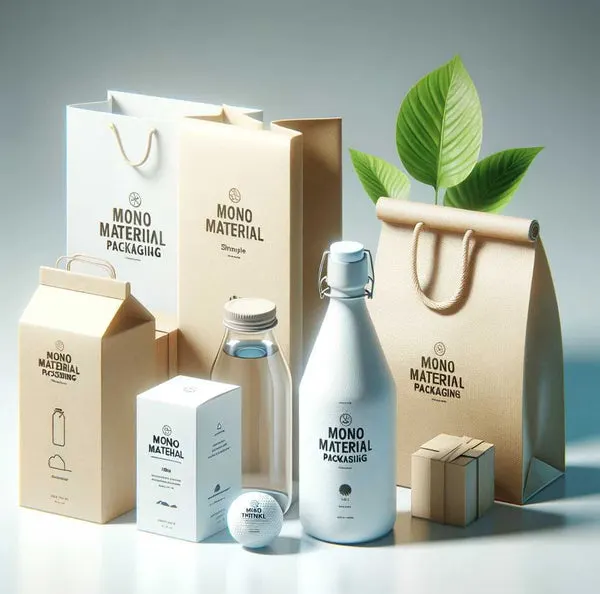
Where Single-Material Packaging Fits Right In
Curious if you can really wrap everything in one material? It’s not always straightforward, but clever innovations are opening doors across industries. Retail boxes and cartons shine as fully paperboard heroes, perfect for e-commerce shipments or tough rigid setups. Flexible pouches are ditching foil-plastic Frankenstein creations for sturdy PE or PP films that surprisingly hold their own.
Cosmetic tubes? PE versions with matching caps are kicking out the old composites. Caps and closures get a boost with tethered PET on PET bottles, keeping it all uniform and easy to recycle. Even corrugated shipping gear is going pure paper, standing up to the bumps of delivery without the laminates.
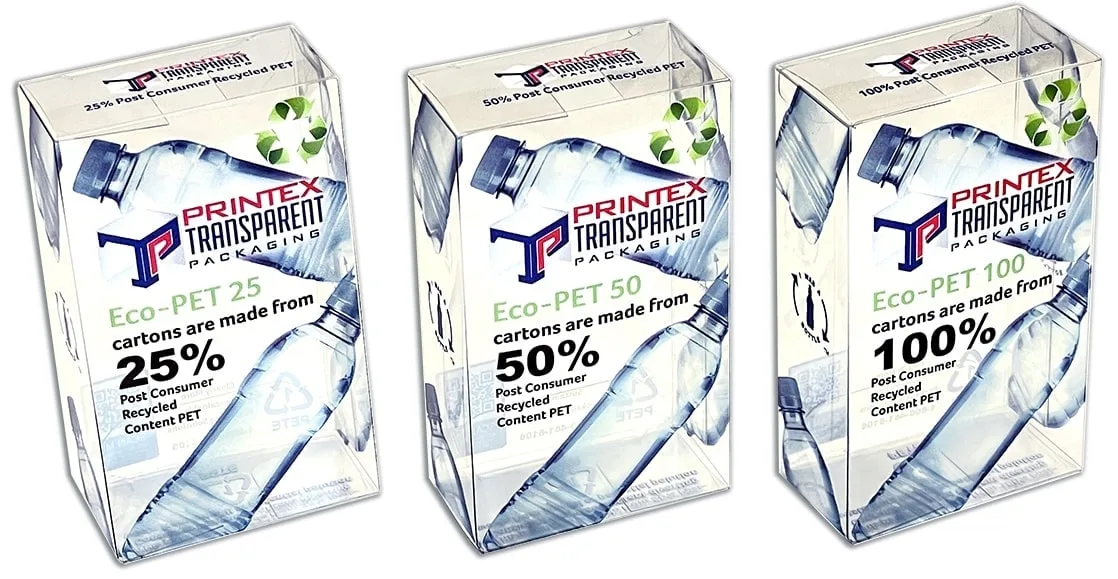
Navigating the Hurdles of Going Mono
Look, single-material packaging isn’t a flawless unicorn; there are kinks to iron out. Barrier protection can be a weak spot – multi-layers block moisture and oxygen like champs, so singles might need smart coatings to keep up. That simplicity could shorten shelf life for food without those extra shields. Switching might mean tweaking production lines or running tests to make sure it all snaps together. And aesthetics? Those eye-popping finishes might lose some sparkle without the layers.
But here’s the fun part: innovation is exploding with recyclable coatings, tougher PE films, and beefier paperboards. From my time consulting on these switches, I’ve seen “no way” turn into “hell yeah” more times than I can count.
Brands Leading the Charge with Real Results
Plenty of big names are already cashing in on this shift. Nestlé’s Smarties® swapped plastic-foil wrappers for paper, pulling 250 million non-recyclable packs out of circulation yearly – a sweet win for candy fans everywhere. Colgate’s all-HDPE toothpaste tubes prove you don’t need aluminum to keep things fresh. Heinz ditched silicone valves for PP in their ketchup caps, making the whole bottle recyclable and simplifying kitchen bins. Unilever’s PE roll-on deodorants slimmed down material types while staying user-friendly – good for the planet and your underarms.
These aren’t just feel-good stories; they’re smart plays that align with what people crave: designs that work well and tread lightly.
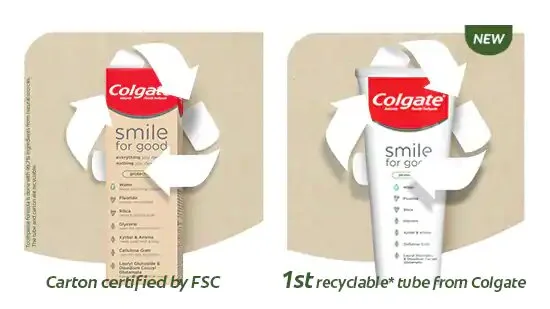
Your Roadmap to Adopting Mono-Material Packaging
Eager to dive in? Start by auditing your current lineup to pinpoint where mixed materials are unnecessary complications. Focus on your best-sellers first for the biggest impact. Test rigorously to ensure protection, durability, and appeal don’t take a hit. Partner with suppliers who live and breathe single-material know-how. And don’t forget to broadcast it – clear labels on recyclability guide folks and amp up that warm, fuzzy feeling.
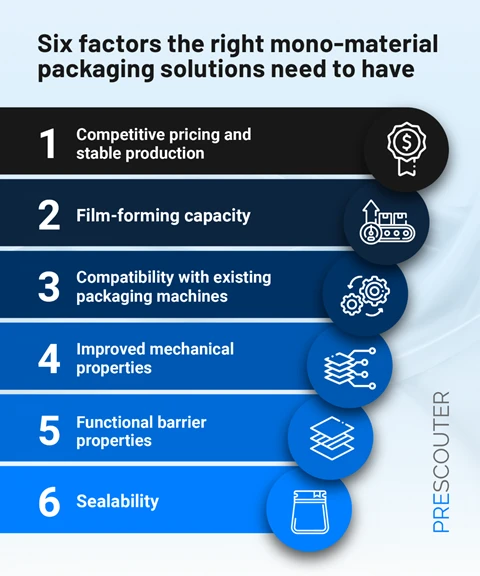
How C MIC Packaging Steps Up to the Plate
At C MIC Packaging, we’re passionate about marrying sustainability with rock-solid performance. With our automated lines, strict quality controls, and expertise in rigid and corrugated solutions, we help clients make the mono-material leap without sacrificing reliability.
We team up with partners worldwide, delivering on schedule with transparent chats and custom eco designs that hit regulatory marks and green goals. It’s genuinely exciting to watch brands flourish while trimming their environmental shadow – I’ve seen it unfold in projects spanning the globe.
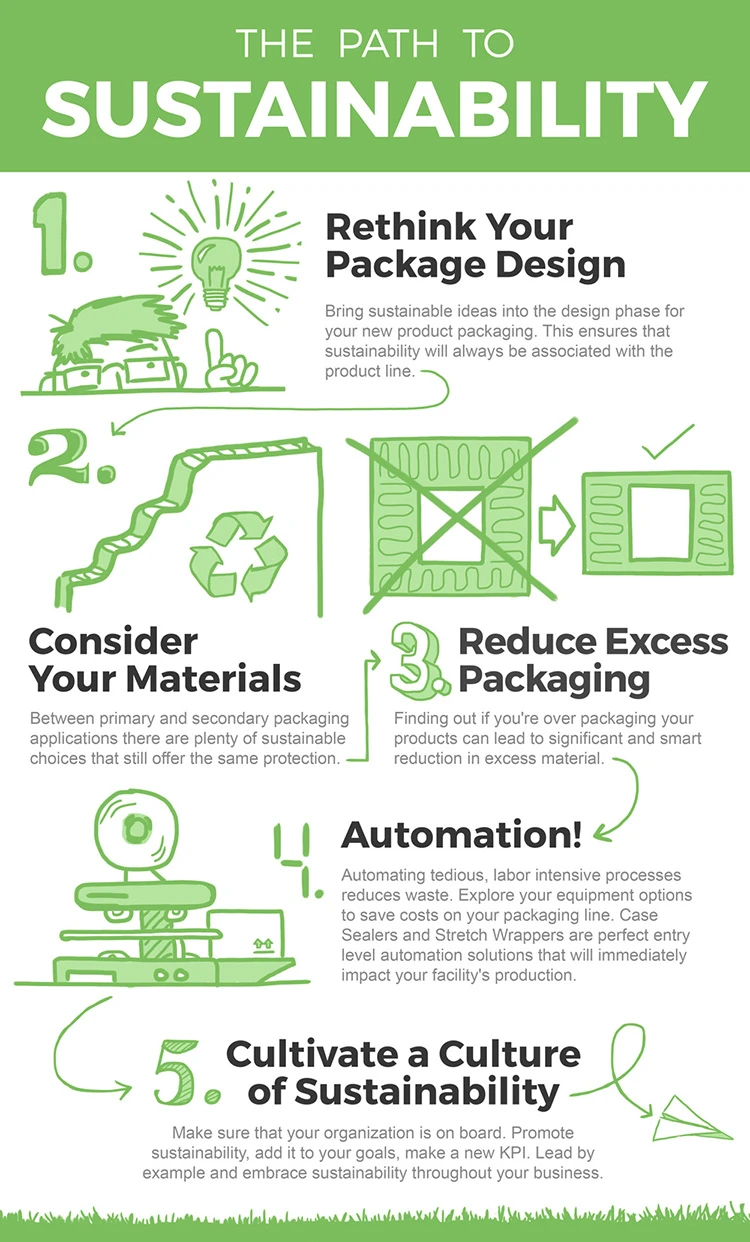
Wrapping It Up: The Big Picture
Single-material packaging isn’t a passing trend; it’s a giant leap toward a circular economy where waste morphs into resources. Mixed materials complicate recycling, but mono makes it seamless, boosting rates, cutting chaos, and enabling real reuse. Challenges? Sure, but breakthroughs are smoothing the path. With shoppers and regulations pushing for green, this is your brand’s chance to lead the pack.
Bottom line: Drop the complexity, embrace the simple, and see your eco-reputation soar. If you’re hunting for tailored mono-material solutions that balance function and earth-friendliness, give C MIC Packaging a shout – we’re ready to build something that matches your vision spot-on.
